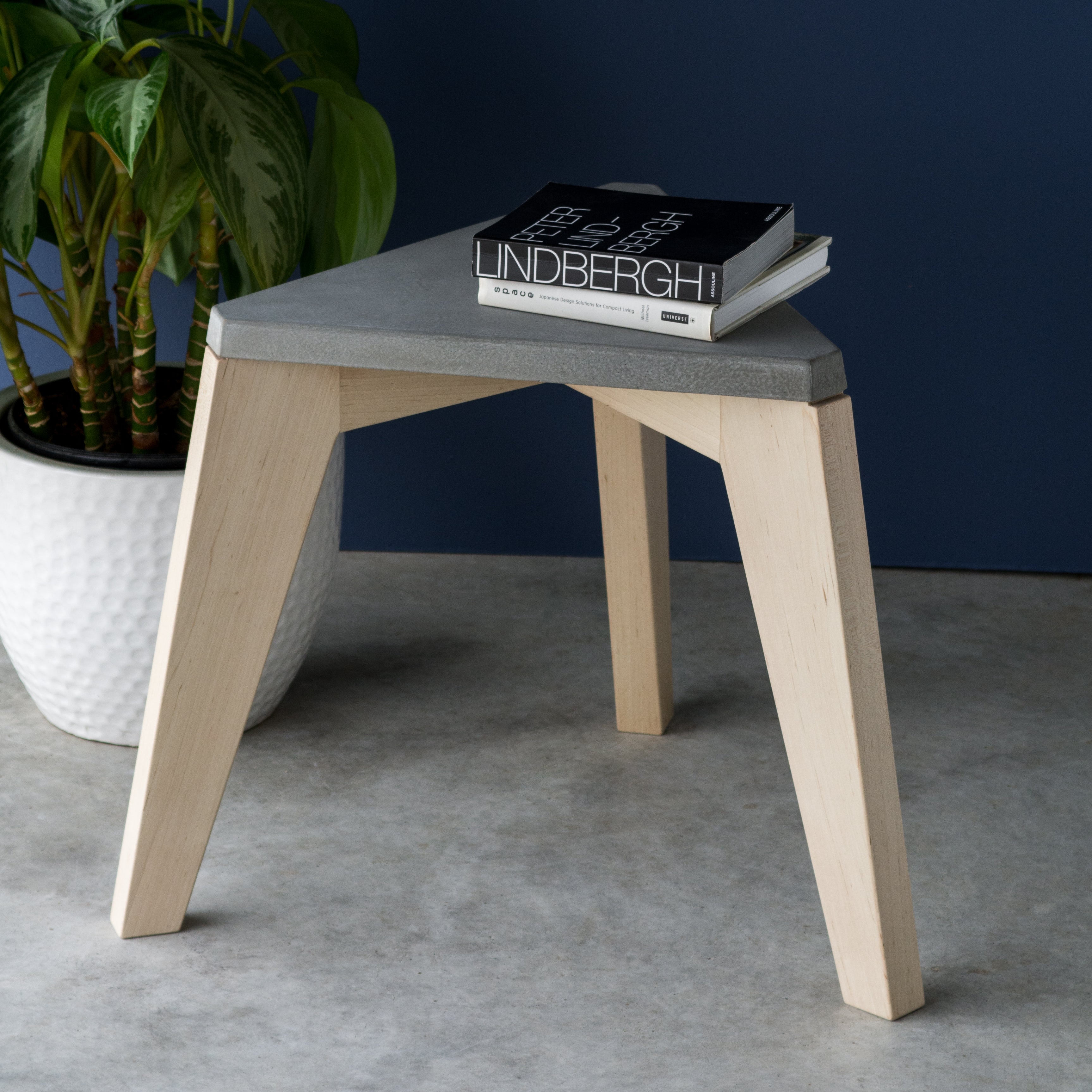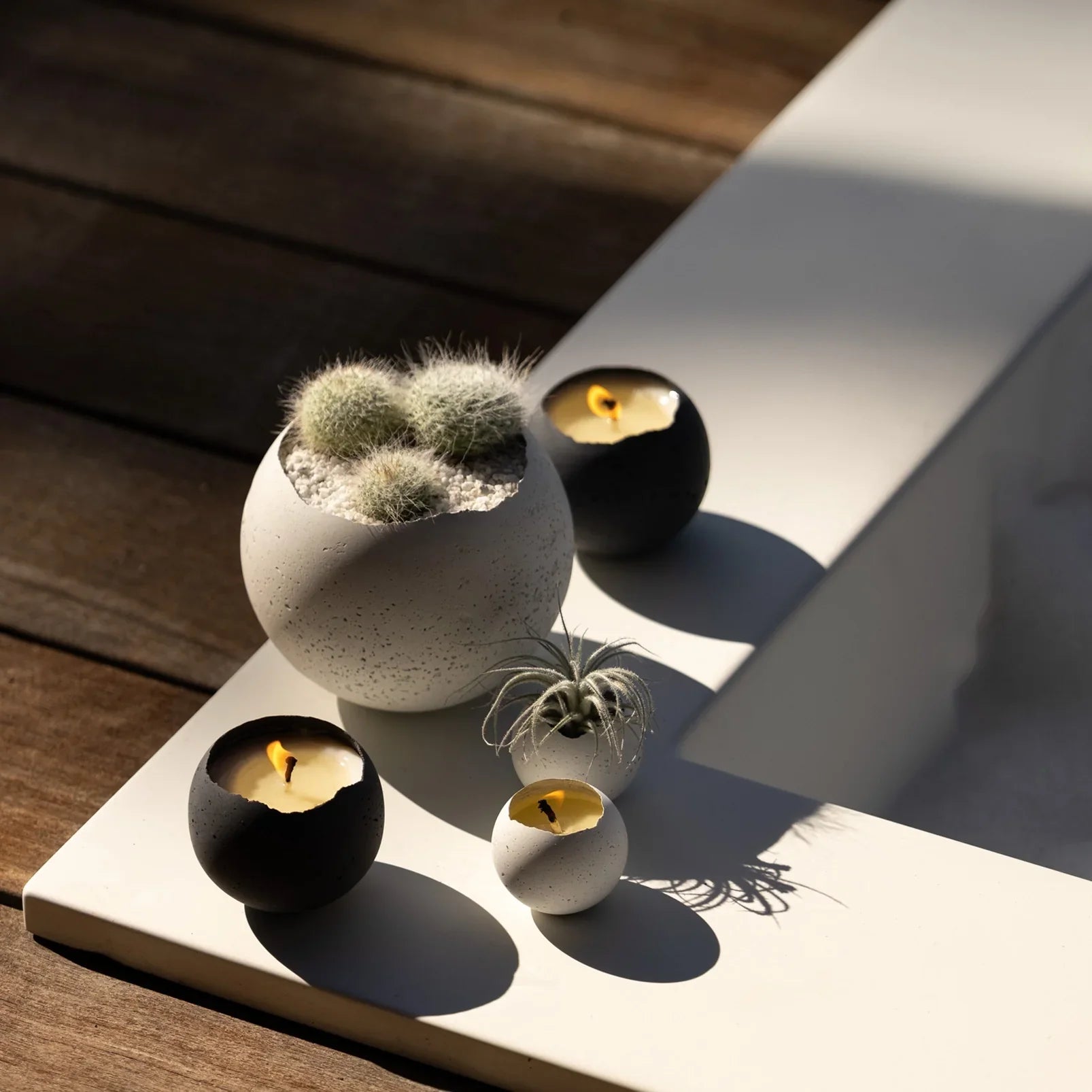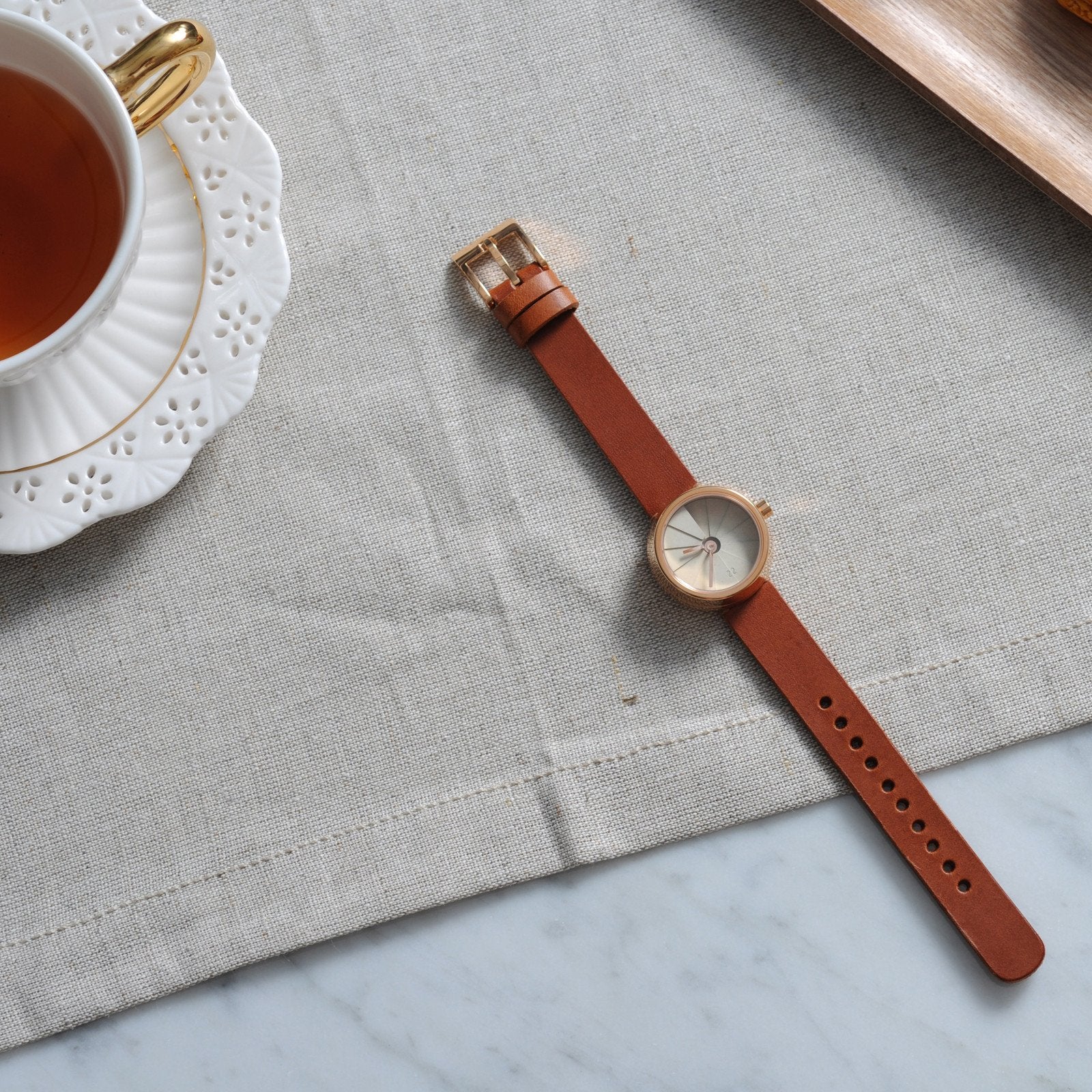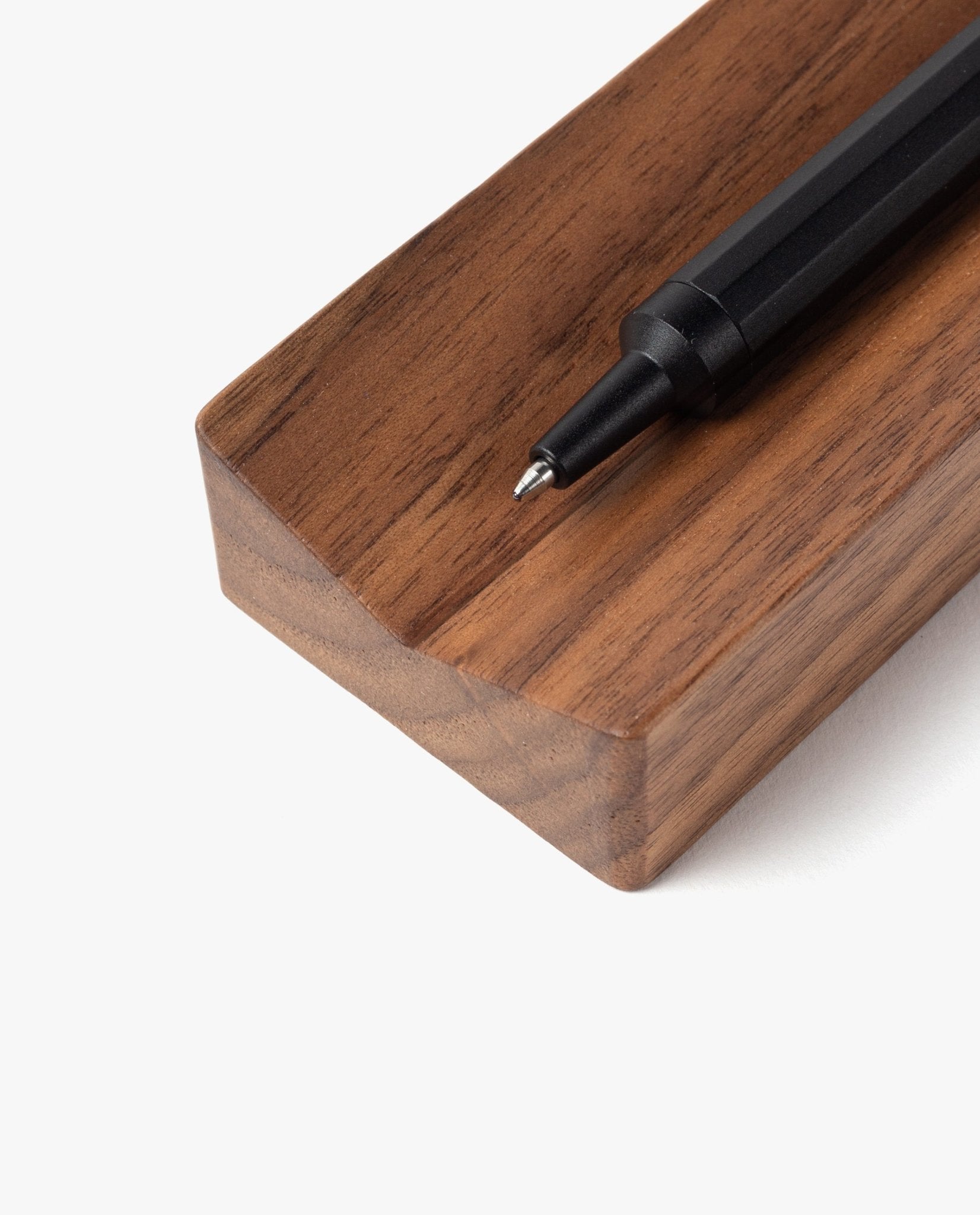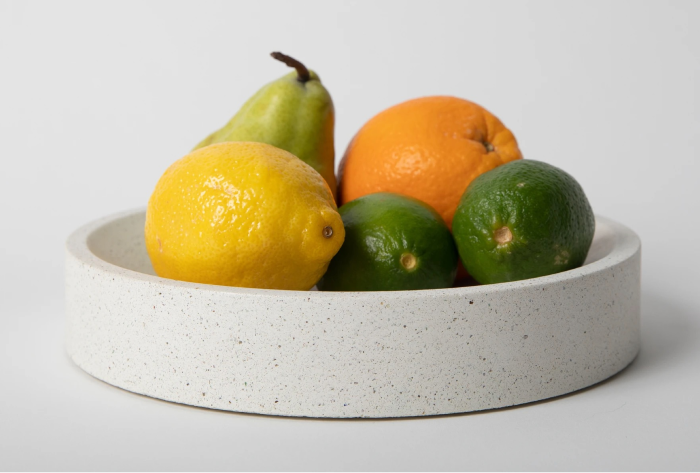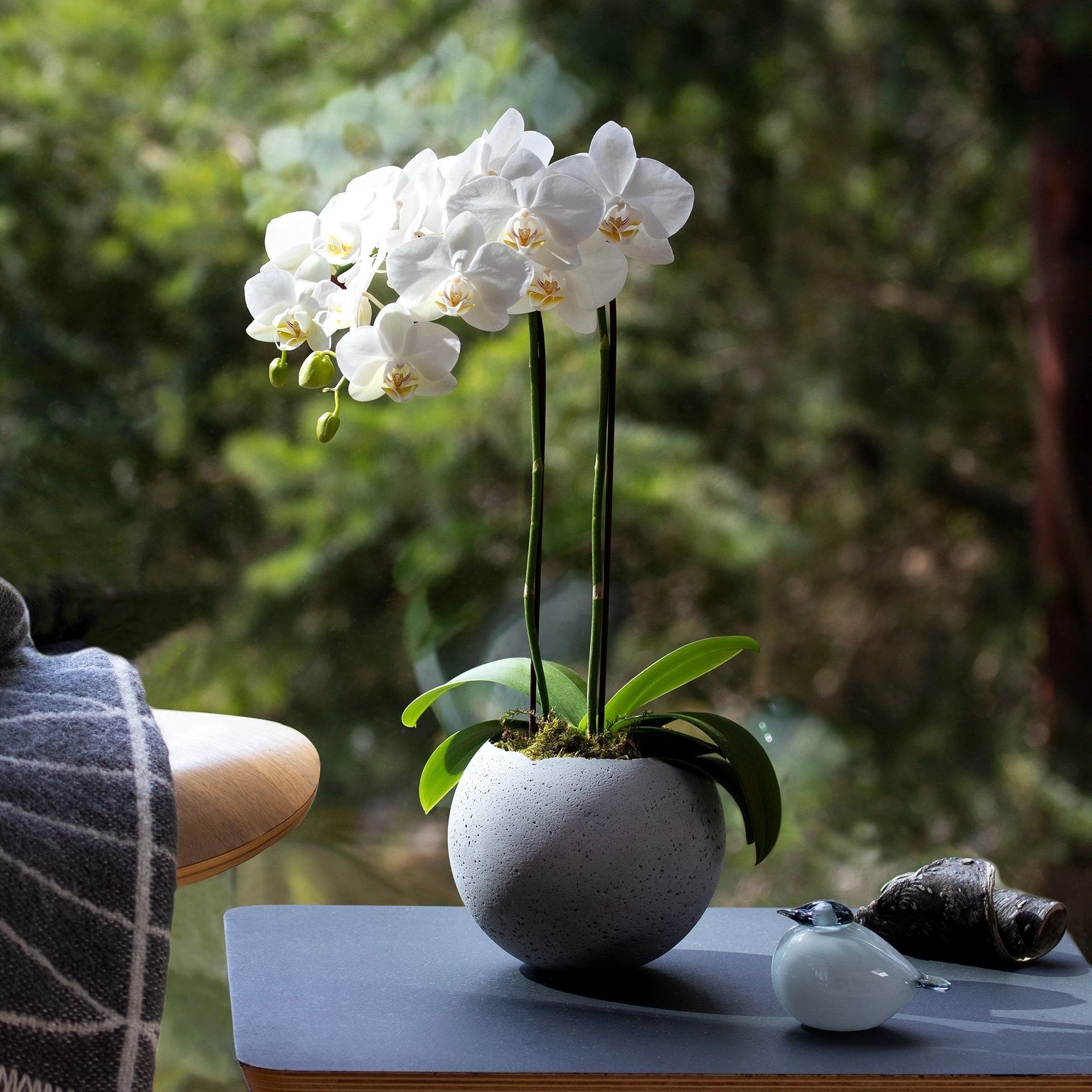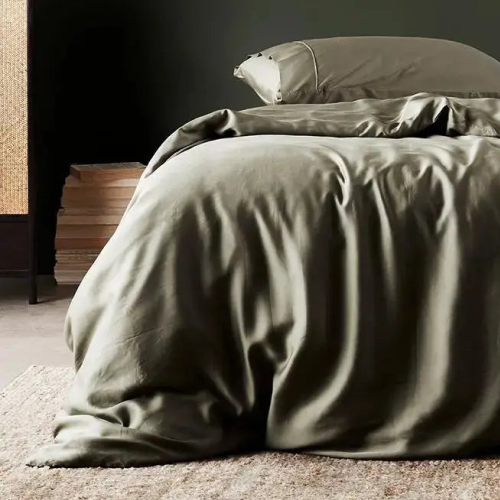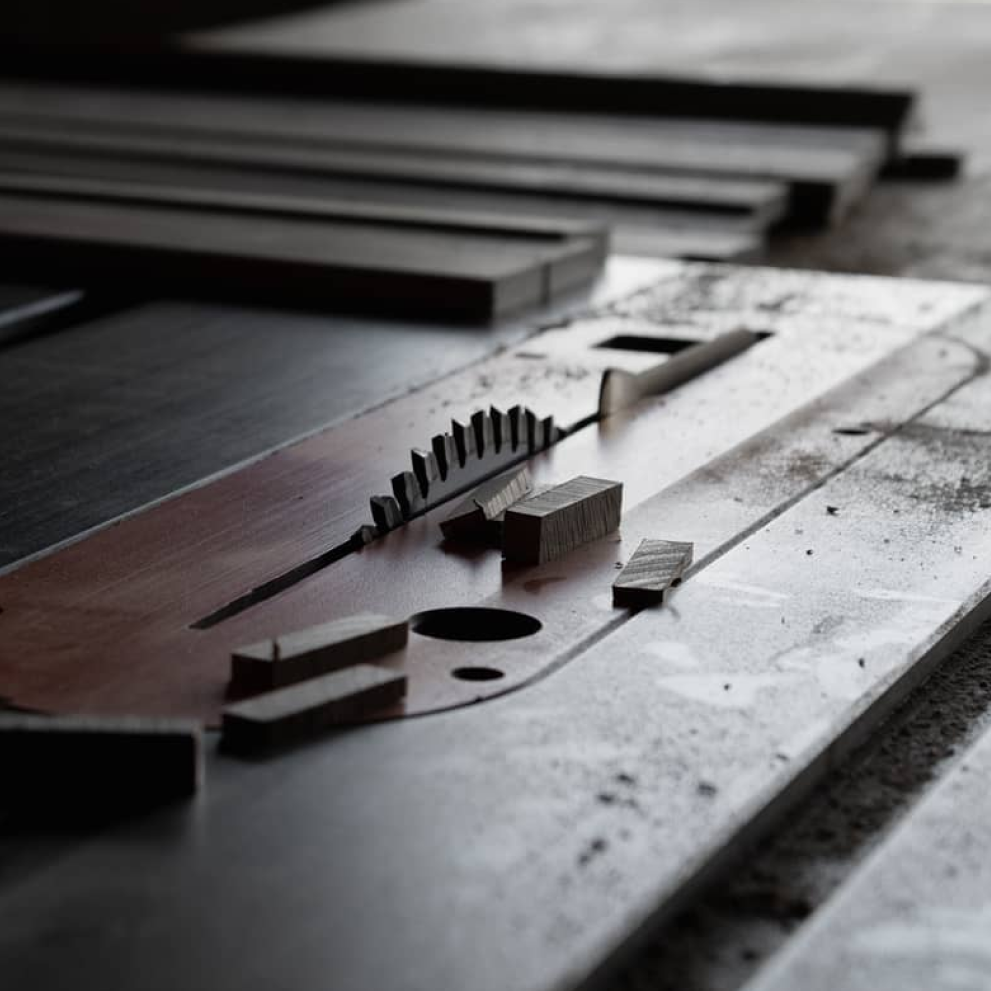Exploring the Minimalist Mastery of Luciano Kruk Concrete Architecture
Introduction
In the world of modern architecture, few names resonate as deeply with the innovative use of concrete as Luciano Kruk. This Argentinian architect is celebrated for his austere yet profoundly elegant designs, crafting a niche within the architectural world with his striking utilization of raw concrete. His works not only adhere to a minimalist aesthetic but are also functional masterpieces that blend seamlessly with their environments. Today, we delve into Kruk's top seven iconic works, highlighting his approach and philosophy towards concrete architecture.
1. Casa Golf
Situated in the coastal dunes of Costa Esmeralda, Argentina, Casa Golf is a paradigm of Luciano Kruk’s concrete artistry. Designed as a summer house, it integrates with its sandy locale, mirroring the landscape's raw textures with its own geometric forms. The building’s raw concrete façade, punctuated by expansive glass windows, strikes a balance between robustness and openness, facilitating a dialogue between the interior and the natural world outside. Casa Golf exemplifies how architecture can achieve both durability and aesthetic elegance, standing as a monument to sustainability and design purity.

2. Casa H3
Nestled in the forested area of Mar Azul, Argentina, Casa H3 exemplifies Kruk’s deft handling of concrete in a natural setting. The house employs a mix of concrete, glass, and wood, creating a striking contrast against the dense forest backdrop. The use of raw concrete ensures low maintenance while harmonizing with the rustic surroundings. The strategic placement of windows not only illuminates the interiors but also provides thermal efficiency, proving that concrete can be both a practical and beautiful material for residential construction.

3. Concrete House
The Concrete House, located in the Buenos Aires suburbs, is a testament to the versatility and aesthetic potential of concrete. It presents a fortress-like exterior with board-marked concrete walls that give a textured, visually engaging appearance. The interplay of light and shadow within the home is meticulously engineered, with natural light animating the spaces in dynamic ways throughout the day. This house showcases Kruk’s ability to transform the mundane into the extraordinary through thoughtful design and material selection.
4. Casa L4
Casa L4 is a serene weekend retreat in Costa Esmeralda, perfectly embodying Kruk’s minimalist approach. The house’s horizontal structure emphasizes its low profile, while the concrete’s rugged texture provides a tactile element against the smooth surrounding sands. The design underscores a commitment to simplicity and functionality, reflecting a meticulous attention to form and material that is characteristic of Kruk’s style.

5. Casa CHK
Casa CHK, set in a pine forest near Buenos Aires, marries raw concrete with glass and metal to create a harmonious interaction with its environment. The design features strategic openings that frame the surrounding forest, integrating the outdoors with the interior spaces. This project highlights Kruk’s signature balance between solidity and openness, showcasing concrete’s potential to enhance rather than dominate a landscape.
6. Corporate Building in Tennessee
Luciano Kruk’s first major corporate project in the United States, this corporate building in Tennessee introduces his signature style to a new audience. Employing his classic raw concrete finish, the building stands as a bold statement of modernism in a predominantly traditional architectural region. The structure is both imposing and inviting, with large, clear windows that disrupt the monolithic concrete slabs, ensuring that the building maintains a connection with its urban setting. This project exemplifies Kruk’s skill in adapting his aesthetic to different cultural contexts while maintaining his architectural integrity.
7. The Bunker - Beach House
As one of Kruk’s more recent ventures, The Bunker - Beach House combines functionality with aesthetic starkness in a coastal setting. This residence leverages concrete’s thermal properties to maintain interior comfort against the harsh seaside climate, proving that industrial materials can be adapted for any environment. The robust, almost austere exterior belies a thoughtfully designed interior that maximizes views and light, embodying Kruk’s philosophy that true beauty in architecture lies in the synthesis of form, function, and setting.
Luciano Kruk’s Design Philosophy and Material Mastery
Luciano Kruk’s architectural language is deeply rooted in the Brutalist tradition, yet he infuses his structures with a sense of lightness and fluidity that elevate them beyond traditional concrete forms. His holistic approach to design considers not just aesthetic appeal but environmental impact and inhabitant well-being. Kruk’s preference for raw concrete is not just stylistic but philosophical, focusing on material authenticity and embracing natural imperfections to add character to his structures.
Luciano Kruk's contributions to contemporary architecture, particularly his pioneering use of concrete, establish him as a key figure in the industry. His buildings, defined by their minimalism, robustness, and environmental synergy, challenge and expand our understanding of concrete architecture. As illustrated by his iconic works, Kruk's designs are not merely about creating structures but about crafting spaces that resonate deeply with both their environment and their users. For those captivated by modernist architecture and the possibilities of concrete, Luciano Kruk's portfolio is both inspirational and instructive.


